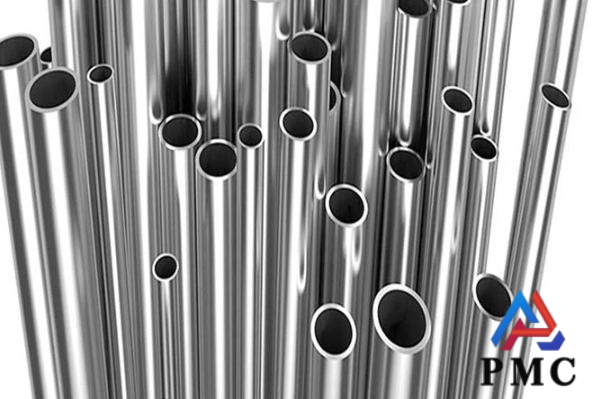
Thermal Conductivity of 304 Stainless Steel Pipes
304 stainless steel is an austenitic stainless steel with chromium and nickel as the main alloying elements. It is favored by the industry for its excellent corrosion resistance, good mechanical properties and wide application. In some thermal engineering fields, thermal conductivity is an important factor affecting material selection and engineering design.
Basic data on thermal conductivity of 304 stainless steel
Thermal conductivity is usually characterized by the thermal conductivity of the material (λ\lambdaλ). The thermal conductivity of 304 stainless steel is low, and its specific value is significantly affected by temperature:
At 20°C, the thermal conductivity of 304 stainless steel is about 16.2 W/(m·K);
At 500°C, the thermal conductivity drops to about 21.5 W/(m·K).
Compared to metals such as carbon steel (about 50 W/(m·K)) or aluminum (about 237 W/(m·K)), 304 stainless steel has poor thermal conductivity, but its stability and corrosion resistance make up for this shortcoming in many applications.
Factors affecting thermal conductivity
1. Chemical composition
304 stainless steel has high chromium (Cr) and nickel (Ni) contents, which form a stable austenite structure, resulting in the obstruction of lattice vibration, thereby reducing the heat conduction capacity.
2. Temperature
When the temperature rises, the thermal conductivity of 304 stainless steel increases slightly, but overall it is still a metal material with low thermal conductivity.
3. Processing status
Cold processing or hot processing affects the grain structure of 304 stainless steel pipes, thereby changing the heat conduction path, but the improvement of thermal conductivity is relatively limited.
4. Surface condition
Polishing or oxidation treatment will have a slight effect on heat conduction, especially in the field of high-precision heat exchange.

Application scenarios of thermal conductivity of 304 stainless steel pipes
1. Heat exchange equipment
Despite its average thermal conductivity, 304 stainless steel is widely used in heat exchangers for low and medium temperature conditions due to its corrosion resistance and mechanical strength. To improve heat exchange efficiency, it is usually designed as a thin-walled tube or a finned tube with increased surface area.
2. Chemical industry
In chemical reactors and heat transfer pipelines, 304 stainless steel pipes can effectively resist medium corrosion and make up for the problem of insufficient heat conduction through structural optimization.
3. Food and pharmaceutical equipment
The food industry and pharmaceutical industry often require equipment to have good hygienic properties. Despite its low thermal conductivity, 304 stainless steel meets hygienic standards and can achieve stable heat transfer within a certain range.
4. Construction and decoration
In the construction field, 304 stainless steel pipes are often used in floor heating systems or hot water pipes. Although the thermal conductivity is not as good as copper, its strength, life and aesthetics are more suitable for long-term use.
How to Optimize Thermal Performance?
1. Reduce wall thickness
By reducing the wall thickness of 304 stainless steel pipes, thermal resistance can be reduced, thereby improving heat transfer efficiency.
2. Composite material combination
Combining 304 stainless steel with metals with better thermal conductivity (such as copper or aluminum) can achieve both corrosion resistance and high thermal conductivity.
3. Surface treatment
Enhance heat transfer capabilities by adding high thermal conductivity coatings or microstructure design, especially in the field of high-efficiency heat exchange.
4. Structural design optimization
Design more complex heat transfer units (such as bellows or finned tubes) to expand the heat exchange area, thereby compensating for the lack of material thermal conductivity.
Conclusion
The thermal conductivity of 304 stainless steel pipes is not outstanding among metal materials, but its excellent corrosion resistance, processing performance and strength make it occupy an important position in many fields. In projects that need to take into account both heat transfer and corrosion protection, 304 stainless steel pipe has demonstrated strong adaptability through wall thickness control, composite materials and structural optimization. With the development of technology, further improving its heat transfer efficiency will expand its application range and provide more possibilities for industrial progress.
Read more: Why is the Weld of 304 Stainless Steel Pipes Black?


